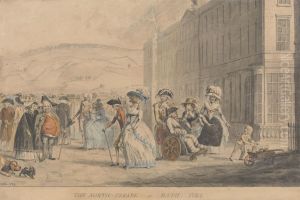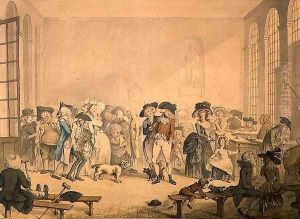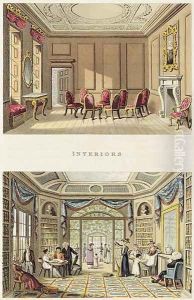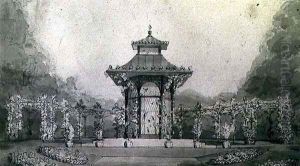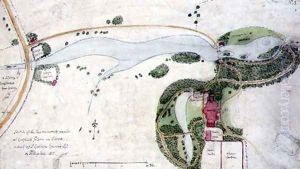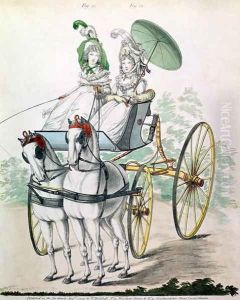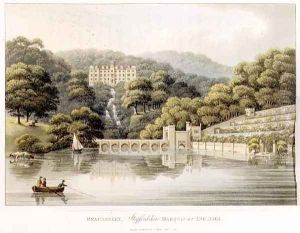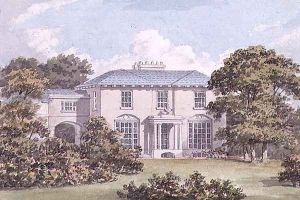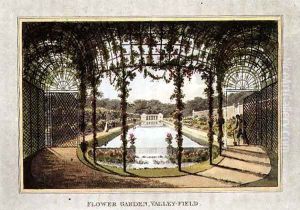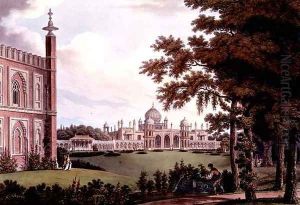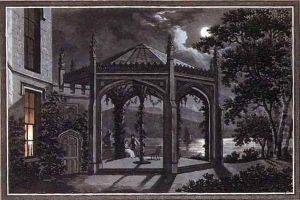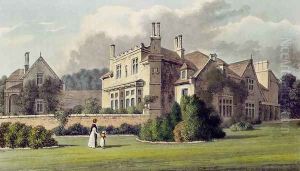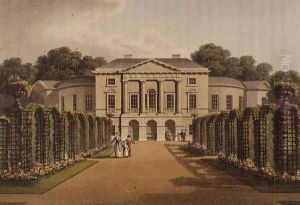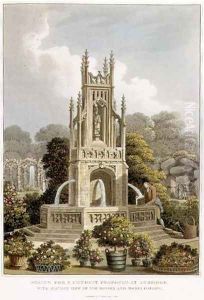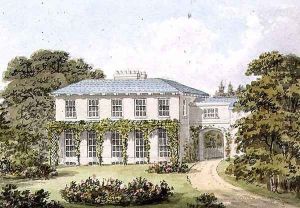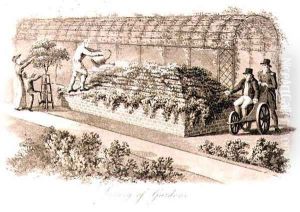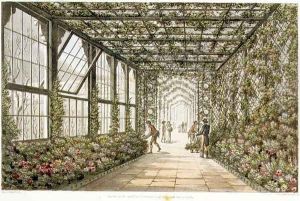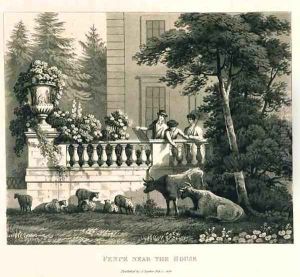Humphry Repton Paintings
Humphry Repton was an English landscape gardener, often regarded as the successor to Capability Brown. Repton's career began in the late 18th century at a time when the picturesque garden movement was becoming popular. Unlike Brown, who often reshaped landscapes on a grand scale, Repton's work typically involved the addition of gardens, trees, and shrubberies to harmonize with the natural landscape.
Repton was born in Bury St Edmunds, Suffolk, on April 21, 1752. He was educated at Norwich Grammar School but did not attend university. After trying his hand at various professions, including being a textile merchant and private secretary, he found his calling in landscape design.
He introduced the term 'landscape gardening' to the English language, and his influential work included the production of 'Red Books', which were persuasive documents containing before-and-after sketches to illustrate his designs for the transformation of a client's estate. These Red Books, complete with explanatory text, helped clients visualize the potential changes.
Repton's designs were characterized by their gentle transition between house and garden and the thoughtful placement of trees. He also introduced features like terraces, gravel walks, and flower gardens near the house, presenting a more manicured appearance than the untamed landscapes of his predecessors.
His major works include Woburn Abbey, Longleat, and the gardens at Blaise Castle, among others. Despite being injured in a carriage accident in 1811 that left him confined to a wheelchair, Repton continued to work until his death.
Humphry Repton passed away on March 24, 1818, and left a lasting legacy in the field of landscape gardening. His work laid the groundwork for future generations of gardeners and landscapers, bridging the gap between the grandiose designs of the 18th century and the more intimate garden layouts of the 19th century.
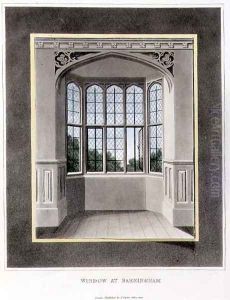
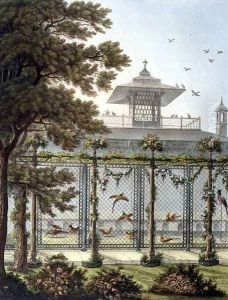
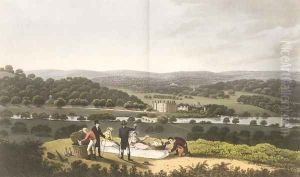
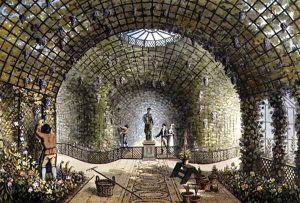
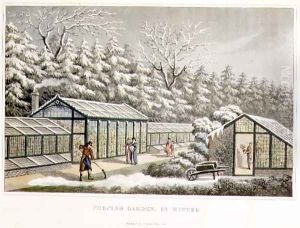
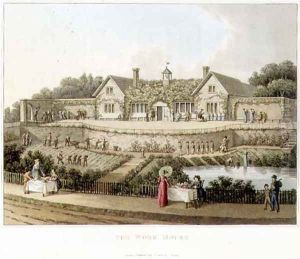
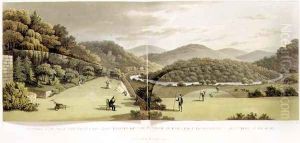
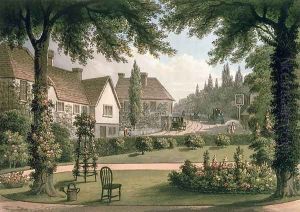
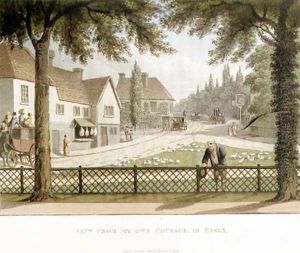
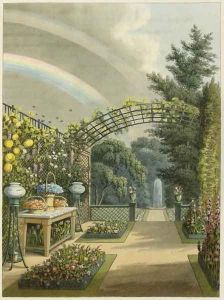
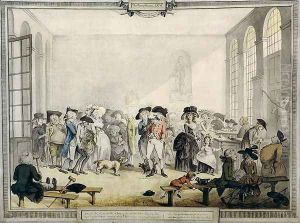
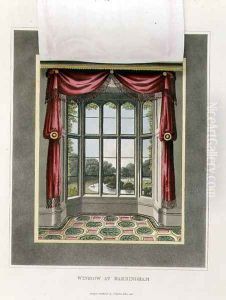
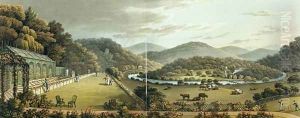
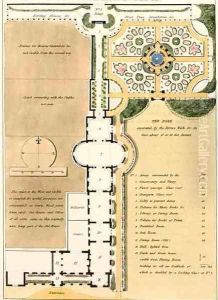
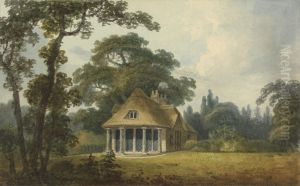
![Volym. Humphry Repton (forf.), Sketches and hints on landscape gardening : collected from designs and observations now in the possession of the different noblemen and gentlemen, for whose use they were originally made [...]](https://www.niceartgallery.com/imgs/4589820/s/humphry-repton-volym-humphry-repton-forf-sketches-and-hints-on-landscape-gardening-collected-from-designs-and-observations-now-in-the-possession-of-the-different-noblemen-and-gentlemen-for-whose-use-they-were-originally-made--48c28dc5.jpg)
